Home>Interior Design>How To Keep An Entryway Warm Without Heating
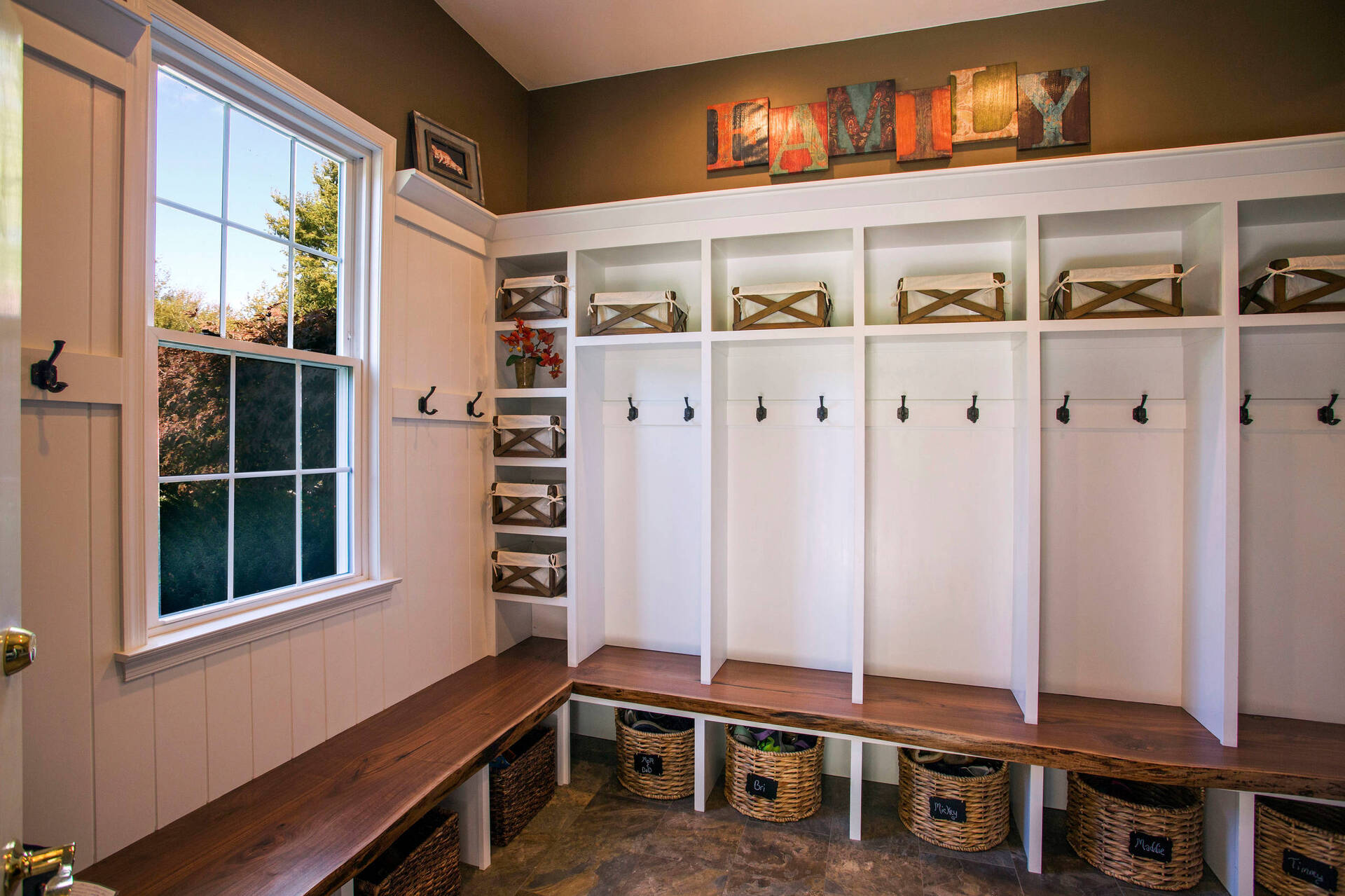

Interior Design
How To Keep An Entryway Warm Without Heating
Modified: August 19, 2024
Discover effective interior design tips to keep your entryway warm and cozy without relying on heating systems.
(Many of the links in this article redirect to a specific reviewed product. Your purchase of these products through affiliate links helps to generate commission for Storables.com, at no extra cost. Learn more)
How to Keep an Entryway Warm Without Heating
Entryways can be one of the coldest areas in our homes. They are often exposed to the outside elements and can let cold air seep in. However, there are several strategies you can employ to keep your entryway warm without relying solely on heating systems. By assessing the current state of your entryway, insulating it, utilizing curtains or blinds, using door and window draft stoppers, adding area rugs or carpeting, incorporating insulation panels, and strategically using portable heaters, you can create a cozy and welcoming space. Here are some tips to get you started:
Read more: How To Keep A Bedroom Warm Without Heating
Assessing the Current Entryway
Before making any changes, it is important to assess the current state of your entryway. Check for drafts by running your hand along the edges of doors and windows and feel for any air movement. Identify problem areas that may be contributing to the cold air infiltration.
Insulating the Entryway
One of the most effective ways to keep an entryway warm is by insulating it properly. Install weatherstripping around doors and windows to seal any gaps. Use door sweeps to fill the space between the bottom of the door and the floor. Consider insulating windows with additional plastic film or thermal curtains.
Utilizing Curtains or Blinds
Hanging thick curtains or installing thermal blinds can help insulate your entryway further. Closed curtains or blinds act as an extra barrier against the cold air coming in through windows. During the day, open them to let sunlight in for natural warmth.
Using Door and Window Draft Stoppers
Door and window draft stoppers can be an effective solution for preventing cold air from entering your entryway. You can make your own DIY draft stoppers using fabric and filling material, or you can purchase ready-made ones that can easily slide under doors or fit onto window sills.
Using Area Rugs or Carpeting
Placing area rugs near exterior doors can help insulate your entryway by preventing cold air from seeping through the floor. Opt for thick, insulating rugs that will provide an extra layer of warmth. If your entryway has a hard surface floor, consider using carpet tiles for added insulation.
Adding Insulation Panels
Affixing insulation panels to the walls of your entryway can provide an additional layer of insulation. These panels are available in various materials, including foam and cellulose, and can help block out the cold air. Additionally, decorative paneling can be used to add style and warmth to your entryway.
Using Portable Heaters
Portable heaters can be a great way to warm up your entryway without relying on central heating. Choose a heater that is suitable for the size of your space and consider features such as adjustable heat settings and safety mechanisms. Place the heater strategically in the entryway to maximize its effectiveness.
Other Tips for Keeping an Entryway Warm
In addition to the above techniques, consider adding extra layers of clothing storage, such as hooks and shelves, in your entryway to provide a place to hang jackets and store warm accessories. Use draft snakes to cover any small gaps or cracks. Regularly clean and maintain your entryway, ensuring that it remains free of dust and debris that can affect its insulation properties.
By implementing these strategies, you can create a warm and inviting entryway without relying solely on heating systems. Keep in mind that every entryway is unique, so experiment with different techniques to find the ones that work best for your space. Stay warm!
How to Keep an Entryway Warm Without Heating
The entryway of your home is the first area that greets you and your guests, but it can also be one of the coldest spaces during the winter months. As the gateway to the outside world, entryways are often exposed to cold drafts and can quickly lose heat. While turning up the heat may seem like the obvious solution, there are alternative methods you can employ to keep your entryway warm without relying heavily on your heating system.
By implementing a combination of insulation techniques, utilizing curtains or blinds, using door and window draft stoppers, adding area rugs or carpeting, incorporating insulation panels, and strategically using portable heaters, you can create a cozy and comfortable entryway while saving on heating costs. These methods not only help to retain heat but can also add style and functionality to your space.
Before diving into the various strategies, it’s crucial to assess the current state of your entryway. Check for drafts by running your hand along the edges of doors and windows, and feel for any air movement. Identify problem areas that may be contributing to the cold air infiltration. Once you have a good understanding of the entryway’s weaknesses, you can begin implementing the necessary measures to keep it warm.
Insulating the entryway is the first step in minimizing heat loss. Install weatherstripping around doors and windows to seal any gaps and prevent cold air from entering. Door sweeps can be added to close the space between the bottom of the door and the floor. In addition to sealing gaps, consider insulating windows with additional plastic film or thermal curtains to provide an extra barrier against the cold air.
The use of curtains or blinds is another effective way to keep your entryway warm. Hanging thick curtains or installing thermal blinds can help insulate the space, particularly when they are closed at night. During the day, open them to allow natural sunlight to warm the area. This approach not only helps to retain heat but also adds a touch of style and privacy to your entryway.
One common source of cold air infiltration in entryways is gaps around doors and windows. By using door and window draft stoppers, you can prevent the cold air from seeping through these openings. You can easily make DIY draft stoppers using fabric and filling material or purchase ready-made ones that can be placed under doors or fitted onto window sills.
Adding area rugs or carpeting to your entryway provides a layer of insulation by preventing cold air from seeping through the floor. Opt for thick, insulating rugs that can trap warmth and provide comfort when stepping into the entryway. If your entryway has a hard surface floor, consider using carpet tiles as they are easy to install and can be positioned strategically for maximum insulation.
Incorporating insulation panels into your entryway is another effective way to retain heat. Affixing insulation panels to the walls can provide an extra layer of insulation and help block out the cold air. These panels are available in various materials, such as foam and cellulose, and can be installed seamlessly to complement the aesthetic of your entryway. Additionally, decorative paneling can be used to add style and warmth to the space.
While minimizing heat loss is essential, employing portable heaters can provide an additional source of warmth in the entryway. Choose a portable heater that is suitable for the size of your space and consider features such as adjustable heat settings and safety mechanisms. Place the heater strategically in the entryway to maximize its effectiveness without obstructing foot traffic.
By combining these strategies and even employing a few of your own creative ideas, you can transform your entryway into a warm and inviting space. Remember to experiment with different techniques to find the ones that work best for your specific entryway layout. With a little effort and attention, you can create a cozy entryway that welcomes you with warmth, no matter the cold weather outside.
How to Keep an Entryway Warm Without Heating
Read more: How To Keep A Bedroom Warm Without Heating
Assessing the Current Entryway
Before making any changes to your entryway, it’s important to assess the current state of the space. Begin by checking for drafts, which are a common cause of heat loss. Run your hand along the edges of doors and windows to feel for any air movement. Pay attention to any noticeable temperature changes or cold spots as you move around the entryway.
Identifying problem areas is the next step in assessing your entryway. Look for any gaps or cracks around doors and windows where cold air could be entering. Inspect the condition of weatherstripping and door sweeps to see if they are worn out or damaged. Check for any gaps in the walls or the ceiling that could be contributing to heat loss. By taking note of these problem areas, you’ll have a better understanding of where to focus your efforts in keeping your entryway warm.
If you discover drafts or gaps, it’s crucial to address them before proceeding with other insulation methods. These small openings can significantly impact the temperature of your entryway and the rest of your home. By sealing them, you can prevent cold air from entering and warm air from escaping, making your entryway more energy-efficient and comfortable.
There are several simple and cost-effective solutions to seal drafts and gaps in your entryway. Weatherstripping is a versatile insulation material that can be applied to the edges of doors and windows to provide a seal against drafts. It comes in various forms, including adhesive strips, V-strips, and door sweeps. Choose the type that is appropriate for your entryway and install it according to the manufacturer’s instructions.
Door sweeps are particularly effective in sealing the gap under exterior doors. These strips attach to the bottom of the door and create a barrier against drafts. Ensure that the door sweep is properly aligned and that it makes full contact with the floor when the door is closed. Additionally, check the condition of the door sweep regularly and replace it if it becomes worn or damaged.
In addition to sealing gaps around doors and windows, it’s important to inspect the condition of your windows. If you have single-pane windows, consider adding an extra layer of insulation by applying window film or installing storm windows. Window film is a clear plastic material that can be applied directly to the glass surface. It helps to reduce heat loss by creating a thermal barrier. Storm windows, on the other hand, are exterior window panels that provide an additional layer of insulation. They can be installed temporarily during the colder months and removed when not needed.
By thoroughly assessing and addressing drafts and problem areas in your entryway, you’ll be laying the foundation for creating a warmer and more comfortable space. Taking the time to seal these gaps will not only save you money on heating costs but also improve the overall energy efficiency of your home.
How to Keep an Entryway Warm Without Heating
Insulating the Entryway
One of the most effective ways to keep your entryway warm is by properly insulating it. Insulation helps to prevent heat loss and minimize the infiltration of cold air. In this section, we will explore three key methods of insulating your entryway: weatherstripping, using door sweeps, and insulating windows.
Weatherstripping
Weatherstripping is a highly effective method for sealing gaps and preventing drafts in your entryway. It involves applying strips of material to the edges of doors and windows to create a tight seal. Weatherstripping is available in various forms, such as adhesive strips and V-strips, and comes in different materials like foam, rubber, or silicone.
To weatherstrip your entryway, start by thoroughly cleaning the surfaces where the weatherstripping will be adhered. Measure the length needed and cut the weatherstripping accordingly. Apply the strips to the edges of doors and windows, ensuring a tight seal. Make sure the weatherstripping makes full contact with the surface, but still allows for smooth operation of the door or window.
Weatherstripping is a cost-effective solution that can significantly reduce drafts and improve the overall energy efficiency of your entryway. It not only helps to keep the cold air out but also keeps the warm air inside, making your entryway more comfortable during the winter months.
Using Door Sweeps
Door sweeps are another effective tool for insulating your entryway. They are strips of material that attach to the bottom of the door, creating a seal against drafts. Door sweeps are particularly useful for closing the gap between the bottom of the door and the floor, where cold air often enters.
When installing door sweeps, ensure that the sweep is the proper size for your door and that it aligns with the floor when the door is closed. It should create a tight seal without obstructing the door’s movement. Door sweeps are available in various materials, including rubber, vinyl, and brush-style sweeps. Choose the type that best suits your entryway and provides the most effective insulation.
Using door sweeps in combination with weatherstripping can create a double barrier against drafts and cold air, significantly improving the insulation in your entryway.
Insulating Windows
Windows are one of the main sources of heat loss in any entryway. Properly insulating them can make a significant difference in keeping your entryway warm. If you have single-pane windows, consider adding an additional layer of insulation.
Window film is an affordable and easy-to-install option for insulating windows. It is a transparent plastic film that can be applied directly to the glass surface. The film creates a thermal barrier, reducing heat loss and preventing drafts. Window film is available in different varieties, including clear, tinted, or reflective options. It can be easily removed when no longer needed without leaving any residue on the glass surface.
If you prefer a more permanent solution, consider installing storm windows. Storm windows are exterior window panels that provide an extra layer of insulation and protection against the elements. They can be installed over your existing windows during the colder months and removed when the weather becomes milder. Storm windows come in different styles, including full-frame or insert models, and can be customized to fit your entryway’s windows.
By applying weatherstripping, using door sweeps, and insulating windows, you can significantly improve the insulation in your entryway and keep it warmer during the winter. These measures are relatively simple and cost-effective, yet they can make a big difference in enhancing the comfort and energy efficiency of your home.
How to Keep an Entryway Warm Without Heating
Utilizing Curtains or Blinds
Another effective way to keep your entryway warm is by utilizing curtains or blinds. These window treatments can provide an extra layer of insulation and help to block out drafts, keeping your entryway cozy and comfortable. In this section, we will explore two methods: hanging thick curtains and installing thermal blinds.
Hanging Thick Curtains
Hanging thick curtains in your entryway is an excellent way to add insulation and reduce heat loss. Thick, heavy curtains are designed to trap heat and create a barrier against cold air coming in through windows. Opt for curtains made of thermal or insulating materials, such as velvet or heavy-duty cotton, as they are specifically designed to provide maximum thermal insulation.
When hanging curtains, ensure that they cover the entire window area and extend below the window sill or floor. This will prevent any cold drafts from seeping in through the gaps between the bottom of the window and the wall. To enhance the insulation properties, consider using blackout curtains, as they not only block out light but also provide an additional layer of insulation.
During the day, open the curtains to allow sunlight to enter your entryway and naturally warm the space. At night or during colder periods, close the curtains to create a thermal barrier and retain the heat within your entryway.
Installing Thermal Blinds
Thermal blinds are another effective option for insulating your entryway. These blinds are specifically designed with insulating properties to prevent heat loss and minimize drafts. Thermal blinds are made with multiple layers of fabric or contain a special thermal lining that acts as a barrier against cold air.
When installing thermal blinds, ensure that they completely cover the window area and fit snugly within the window frame. This will prevent any gaps that could allow cold air to enter. Thermal blinds are available in a variety of styles, including roller blinds, Roman blinds, and vertical blinds, allowing you to choose the option that best suits your entryway’s decor.
Similar to curtains, you can adjust the position of thermal blinds throughout the day to take advantage of natural sunlight. Keep the blinds open during the day to allow sunlight in and provide natural warmth. In the evening or during colder periods, close the blinds to create a thermal barrier and minimize heat loss.
Both thick curtains and thermal blinds offer practical and stylish ways to insulate your entryway. By utilizing these window treatments, you can effectively block out drafts, retain heat, and create a more comfortable environment in your entryway throughout the winter months.
How to Keep an Entryway Warm Without Heating
Using Door and Window Draft Stoppers
Door and window draft stoppers are effective items to help prevent cold air from infiltrating your entryway. These simple yet practical tools can significantly reduce drafts and make your space more energy-efficient. In this section, we will explore two options: making your own DIY draft stoppers and purchasing ready-made door and window draft stoppers.
Making DIY Draft Stoppers
Making your own DIY draft stoppers is a fun and economical way to seal gaps and reduce drafts in your entryway. To create your own draft stopper, you will need a long, cylindrical fabric cover and filling material such as rice, dried beans, or polyester fiberfill. Here’s how to make a basic DIY draft stopper:
- Measure the width of your door or window and add a few extra inches for overlap.
- Cut a long strip of fabric that is wide enough to cover the width of the door or window.
- Sew the fabric into a tube, leaving one end open for filling.
- Fill the fabric tube with your chosen filling material, ensuring that it is firm but not overstuffed.
- Sew the open end of the fabric tube securely to enclose the filling.
- Place the DIY draft stopper along the bottom of the door or window to block drafts.
Feel free to get creative with your DIY draft stopper by using different fabrics, patterns, or decorations to match your entryway’s aesthetics. Remember to regularly check and replace the filling material if it becomes compressed or worn out.
Purchasing Door and Window Draft Stoppers
If you prefer a convenient and ready-made solution, there is a wide range of door and window draft stoppers available for purchase. These draft stoppers come in various shapes, sizes, and materials, allowing you to find the one that best suits your entryway’s needs.
Purchasing ready-made draft stoppers is a hassle-free option, as they typically come pre-filled and ready to be placed along the bottom of doors or windows. Make sure to measure the width of the door or window accurately and choose a draft stopper that covers the required length. Look for draft stoppers made of durable materials to ensure their effectiveness and longevity.
Ready-made door and window draft stoppers are available in many home improvement stores, online marketplaces, or specialty shops dedicated to energy-efficient products. Some draft stoppers even come with additional features such as adjustable lengths, double-sided adhesive strips, or decorative designs.
Whether you choose to make your own DIY draft stopper or purchase a ready-made one, both options will effectively block drafts and prevent cold air from entering your entryway. Using door and window draft stoppers is a practical and affordable way to improve insulation and maintain a warm and comfortable space.
How to Keep an Entryway Warm Without Heating
Using Area Rugs or Carpeting
Area rugs and carpeting can be excellent additions to your entryway to help insulate the space and keep it warm during colder months. They provide an extra layer of insulation that prevents cold air from seeping through the floor and can add style and warmth to your entryway. In this section, we will explore two options: placing rugs near exterior doors and utilizing carpet tiles.
Placing Rugs Near Exterior Doors
One of the simplest and most effective ways to keep your entryway warm is by placing rugs near exterior doors. These rugs act as a barrier, preventing cold air from entering your home and reducing heat loss through the floor. Thick, insulating rugs are especially recommended for maximum insulation.
When selecting rugs for your entryway, consider their size and placement. Ideally, the rug should cover the entire area where cold drafts are likely to enter around the door. The rug should extend beyond the door frame to ensure a proper seal. If you have a double-door entryway, use rugs with the same width as the doors or consider using a wider rug to cover both doors.
In addition to insulation, rugs can also offer a visual impact and enhance the overall style of your entryway. Choose rugs that complement your existing decor and match the style of your home. Consider materials that are durable and easy to clean, as entryways often experience high traffic and may be exposed to dirt and moisture from shoes.
Utilizing Carpet Tiles
If your entryway has a hard surface floor, such as hardwood or tile, utilizing carpet tiles can provide an effective insulation solution. Carpet tiles are individual carpet squares that can be easily installed and replaced as needed. They come in a variety of colors, patterns, and textures, allowing you to customize the look of your entryway.
Carpet tiles offer several advantages. Firstly, they provide thermal insulation, preventing cold air from seeping through the floor into your entryway. Secondly, they offer additional comfort and cushioning underfoot, making your entryway a more inviting space. Lastly, carpet tiles are easy to clean and maintain, offering a practical flooring solution for high-traffic areas.
When using carpet tiles in your entryway, you can create patterns or mix and match colors to add visual interest. Consider using darker or patterned tiles near exterior doors to camouflage dirt and wear over time. Ensure that the carpet tiles are securely adhered to the floor to prevent movement and maintain their insulation properties.
By placing rugs near exterior doors or utilizing carpet tiles, you can effectively insulate your entryway, keeping it warm and comfortable. These options not only provide excellent insulation but also offer versatility in style and customization, allowing you to create a welcoming and cozy entryway.
How to Keep an Entryway Warm Without Heating
Adding Insulation Panels
An effective method to improve the insulation in your entryway is by adding insulation panels to the walls. Insulation panels provide an additional layer of insulation, reducing heat loss and preventing cold air from seeping into your entryway. In this section, we will explore two options: affixing insulation panels to walls and utilizing decorative paneling.
Affixing Insulation Panels to Walls
One straightforward approach to enhance the insulation in your entryway is by affixing insulation panels directly to the walls. Insulation panels are available in various materials, such as foam, cellulose, or fiberglass, and are designed to improve thermal performance. They are relatively easy to install and offer excellent insulation properties.
To install insulation panels, measure the dimensions of the walls in your entryway and cut the panels to fit. Use adhesive or special paneling tape to secure the panels to the walls, ensuring a tight and secure fit. Pay special attention to corners, edges, and any gaps between panels, as these areas are more susceptible to heat loss.
Insulation panels can also help reduce noise transmission, making your entryway quieter and more comfortable. Furthermore, they can improve energy efficiency by reducing heat transfer through the walls, thus saving on heating costs.
Using Decorative Paneling
If you prefer a more visually appealing approach, decorative paneling can be used to add style and warmth to your entryway, while providing a layer of insulation. Decorative paneling options include wood, PVC, and fabric panels, among others. These panels are available in various designs and textures, allowing you to customize the look of your entryway while improving its thermal performance.
When using decorative paneling, it’s important to choose panels with insulating properties. Look for panels that are specifically designed for insulation, or consider adding an extra layer of insulation behind the decorative paneling for improved performance.
Decorative paneling can be installed by adhering the panels directly to the walls or by using a mounting system. Follow the manufacturer’s instructions for proper installation and ensure that the panels are securely attached to the walls.
In addition to enhancing insulation, decorative paneling can also serve as a focal point or accent in your entryway. It adds depth and texture to the space, creating a visually appealing environment. Consider selecting paneling that complements your existing decor and reflects your personal style.
By adding insulation panels to the walls or utilizing decorative paneling, you can effectively improve the insulation in your entryway, making it warmer and more energy-efficient. These options offer versatility in both function and aesthetics, allowing you to create a well-insulated and visually pleasing entryway.
How to Keep an Entryway Warm Without Heating
Using Portable Heaters
Portable heaters can be an effective way to keep your entryway warm without relying solely on your central heating system. They provide targeted heat and allow you to control the temperature specifically in your entryway. In this section, we will discuss two aspects of using portable heaters: choosing the right portable heater and placing them strategically.
Choosing the Right Portable Heater
When selecting a portable heater for your entryway, consider factors such as size, heat output, safety features, and energy efficiency. Choose a heater that is suitable for the size of your entryway to ensure effective heating. Look for heaters with adjustable heat settings, allowing you to customize the temperature based on your preference and the weather conditions.
For safety reasons, opt for heaters with built-in safety features, such as tip-over protection and overheating protection. These features ensure that the heater automatically shuts off if it tips over or reaches a certain temperature, reducing the risk of accidents and fire hazards. Additionally, look for heaters with a cool-touch exterior to prevent burns and accidents.
Energy efficiency is another essential consideration when choosing a portable heater. Look for heaters with energy-saving features, such as programmable timers or thermostat controls, that allow you to set specific operating times or maintain a desired temperature. This helps to minimize energy wastage and reduce your overall energy consumption.
Placing Heaters Strategically
Once you’ve chosen the right portable heater, it’s crucial to place it strategically in your entryway to maximize its effectiveness. The placement of the heater can significantly impact the distribution of heat throughout the space and improve overall warmth. Consider the following tips:
- Place the heater near the area where you and your guests spend the most time in the entryway.
- Ensure that the heater is not obstructed by furniture or other objects that may block the airflow and reduce its effectiveness.
- Avoid placing the heater too close to walls or flammable materials like curtains or rugs. Maintain a safe distance as recommended by the manufacturer.
- Direct the heater towards the center of the entryway to evenly distribute the heat throughout the space.
- For better heat circulation, place a fan near the heater to help disperse the warm air throughout the entryway.
Remember to always follow the manufacturer’s instructions and safety guidelines when using portable heaters. Never leave a heater unattended, especially when leaving the house or going to bed. Turn off the heater when not in use to conserve energy and prevent any potential hazards.
By choosing the right portable heater and placing it strategically in your entryway, you can supplement your heating system and ensure a warm and comfortable space. Portable heaters offer flexibility and control, allowing you to customize the temperature in your entryway to your liking and increase overall comfort during colder periods.
How to Keep an Entryway Warm Without Heating
Other Tips for Keeping an Entryway Warm
In addition to the insulation methods mentioned earlier, there are several other tips you can follow to keep your entryway warm and cozy during the colder months. These tips involve adding extra layers of clothing storage, using draft snakes, and cleaning and maintaining the entryway. Let’s explore each of these tips in detail:
Adding Extra Layers of Clothing Storage
Adding extra layers of clothing storage in your entryway can help keep you warm and provide convenient access to winter essentials. Install hooks, racks, or shelves where you and your guests can hang coats, hats, scarves, and gloves. This not only keeps these items easily accessible but also contributes to reducing clutter in the rest of your home.
Consider using a coat rack or wall-mounted hooks for hanging heavier winter coats. A designated area for outdoor clothing can prevent wet or snowy garments from being brought into other parts of your home, keeping your entryway cleaner and drier.
Maximize your storage capacity by utilizing vertical space, such as using wall-mounted shelves or installing cubbies for storing shoes and accessories. Providing ample storage encourages proper organization and ensures that essential warm clothing is readily available when needed.
Using Draft Snakes
Draft snakes are simple but effective devices that can help block drafts from entering your entryway. These long fabric tubes, typically filled with materials like rice, beans, or fiberfill, are placed along the bottom of doors or windows to create a barrier against cold air.
You can purchase ready-made draft snakes or create your own DIY version using fabric and filling material. Simply sew a long tube of fabric, fill it with your chosen material, and place it along the bottom of your entryway door or window. Ensure that the snake makes full contact with the floor or window sill to minimize drafts.
Using draft snakes is an economical way to prevent cold air from seeping into your entryway, providing an additional layer of insulation. They are especially useful for older doors and windows that may have gaps or are not properly sealed.
Cleaning and Maintaining the Entryway
Regular cleaning and maintenance of your entryway are essential to ensure its optimal functionality and insulation properties. A clean and well-maintained entryway helps to prevent dust and debris from affecting the efficiency of insulation measures and keeps the space tidy and welcoming.
Start by sweeping or vacuuming the floor regularly to remove any dirt, dust, or debris that can accumulate. Clean the windows to enhance natural light and visibility. Dust or wipe down surfaces, including furniture, shelves, and hooks, to keep them free from dirt and maintain their functionality.
Pay attention to the condition of weatherstripping, door sweeps, and other insulation measures. Replace any worn-out or damaged components to maintain their effectiveness. Check for any gaps or cracks in walls or ceilings and repair them promptly to prevent cold air infiltration.
In addition to cleaning and maintenance, consider adding moisture-absorbing mats or trays near exterior doors to capture any water or moisture brought in from outside. This helps to keep your entryway dry and prevent slip hazards.
By incorporating these tips, such as adding extra layers of clothing storage, using draft snakes, and cleaning and maintaining your entryway, you can create a warm and inviting space that welcomes you with comfort during the colder seasons.
Conclusion
Keeping your entryway warm without relying solely on heating systems is not only cost-effective but also environmentally friendly. By implementing a variety of strategies to insulate and maintain your entryway, you can create a cozy and comfortable space while reducing energy consumption. Assess the current state of your entryway, identifying and addressing drafts and problem areas.
Insulate your entryway by using weatherstripping, door sweeps, and insulating windows. These methods create a barrier against cold air infiltration and help retain heat within the space. Utilize curtains or blinds to further insulate the entryway, choosing thick curtains or thermal blinds that can block out drafts and provide extra warmth.
Door and window draft stoppers are effective solutions to prevent cold air from seeping in through gaps and openings. You can make your own DIY draft stoppers or purchase ready-made options to easily place under doors or fit onto windowsills.
Adding area rugs or carpeting can help insulate the entryway floor, preventing cold air from seeping through and providing a comfortable surface. Consider using carpet tiles for a practical and easy-to-install solution.
Enhance insulation by affixing insulation panels to the walls or using decorative paneling, both of which add an extra layer of insulation and contribute to the overall warmth and aesthetics of the entryway.
Strategically using portable heaters allows you to provide targeted heat in the entryway, supplementing your central heating system. Choose the right portable heater for your entryway, considering factors such as size, heat output, safety features, and energy efficiency. Place the heater strategically to ensure optimal heat distribution and maximize its effectiveness.
Lastly, consider implementing additional tips such as adding extra layers of clothing storage, using draft snakes, and cleaning and maintaining the entryway. These tips contribute to a cozy and organized entryway, keeping cold air out and maintaining a welcoming space.
By combining these strategies and personalizing them to suit your entryway’s layout and style, you can create a warm and inviting entryway without relying solely on heating systems. Not only will these efforts enhance the comfort of your entryway, but they will also contribute to energy efficiency and cost savings. Embrace the warmth and coziness of your well-insulated entryway throughout the colder months. Stay warm!
Frequently Asked Questions about How To Keep An Entryway Warm Without Heating
Was this page helpful?
At Storables.com, we guarantee accurate and reliable information. Our content, validated by Expert Board Contributors, is crafted following stringent Editorial Policies. We're committed to providing you with well-researched, expert-backed insights for all your informational needs.

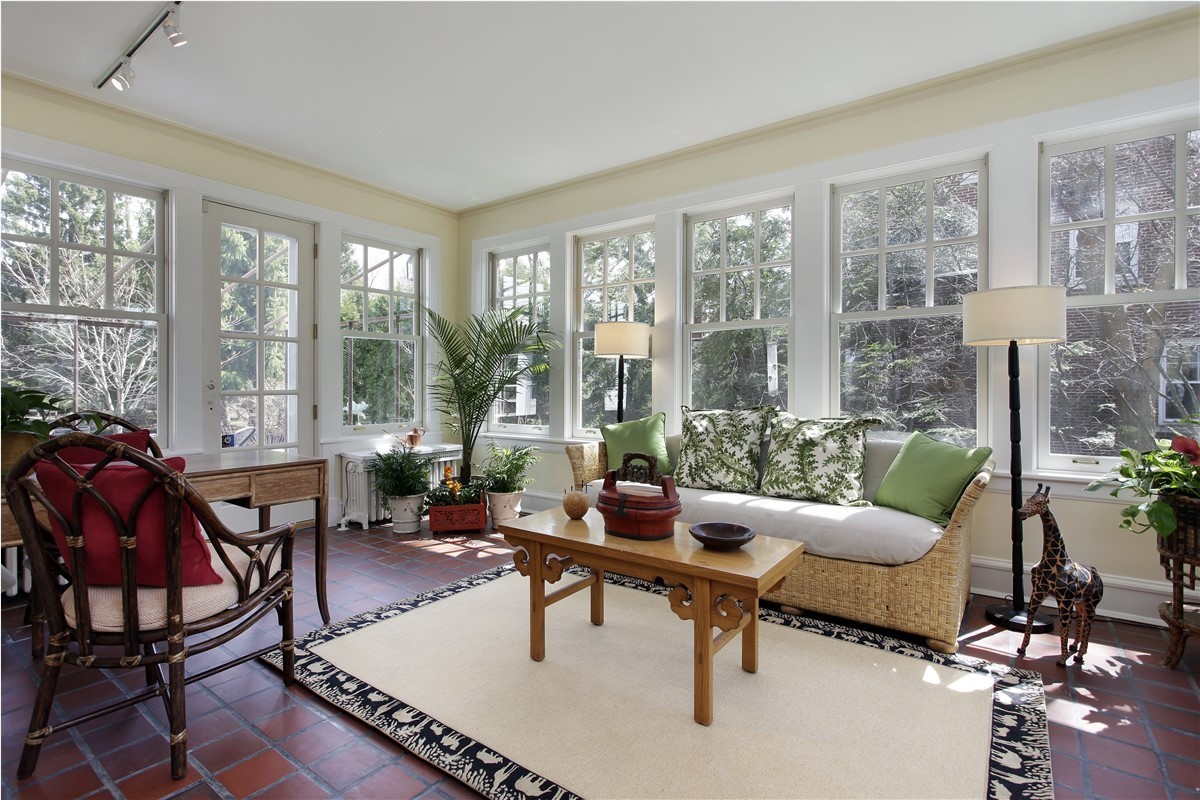
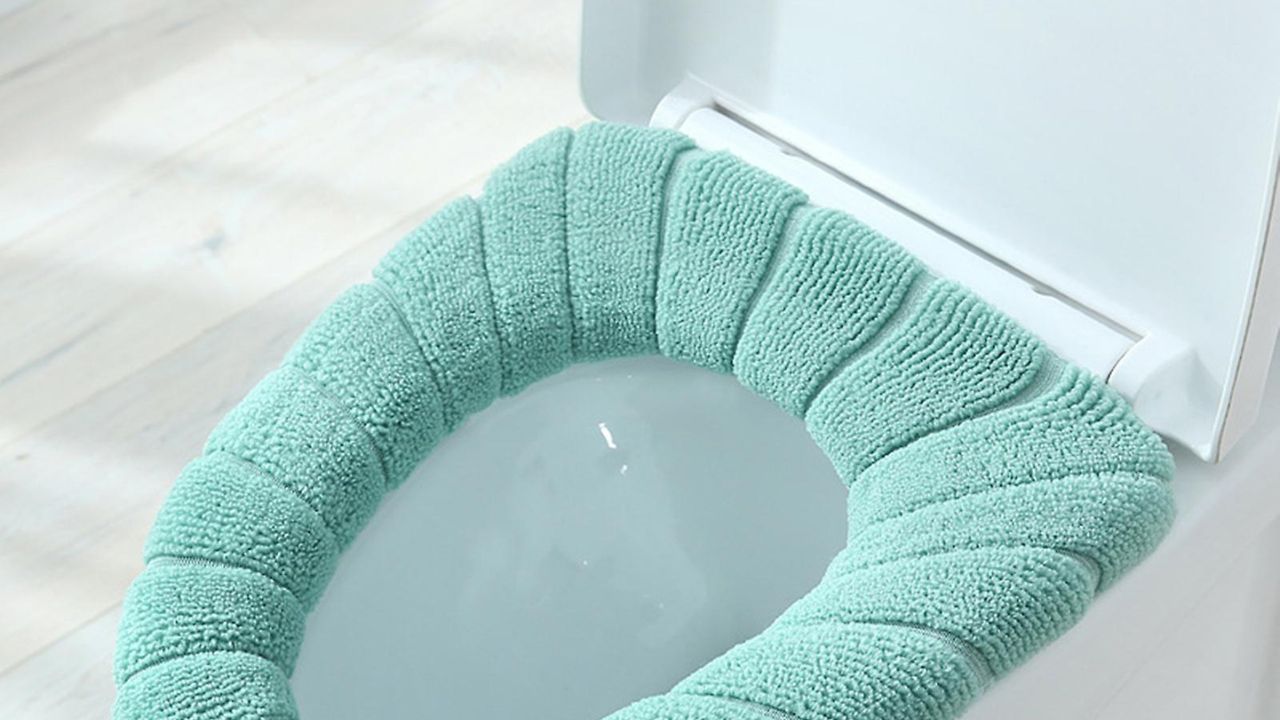
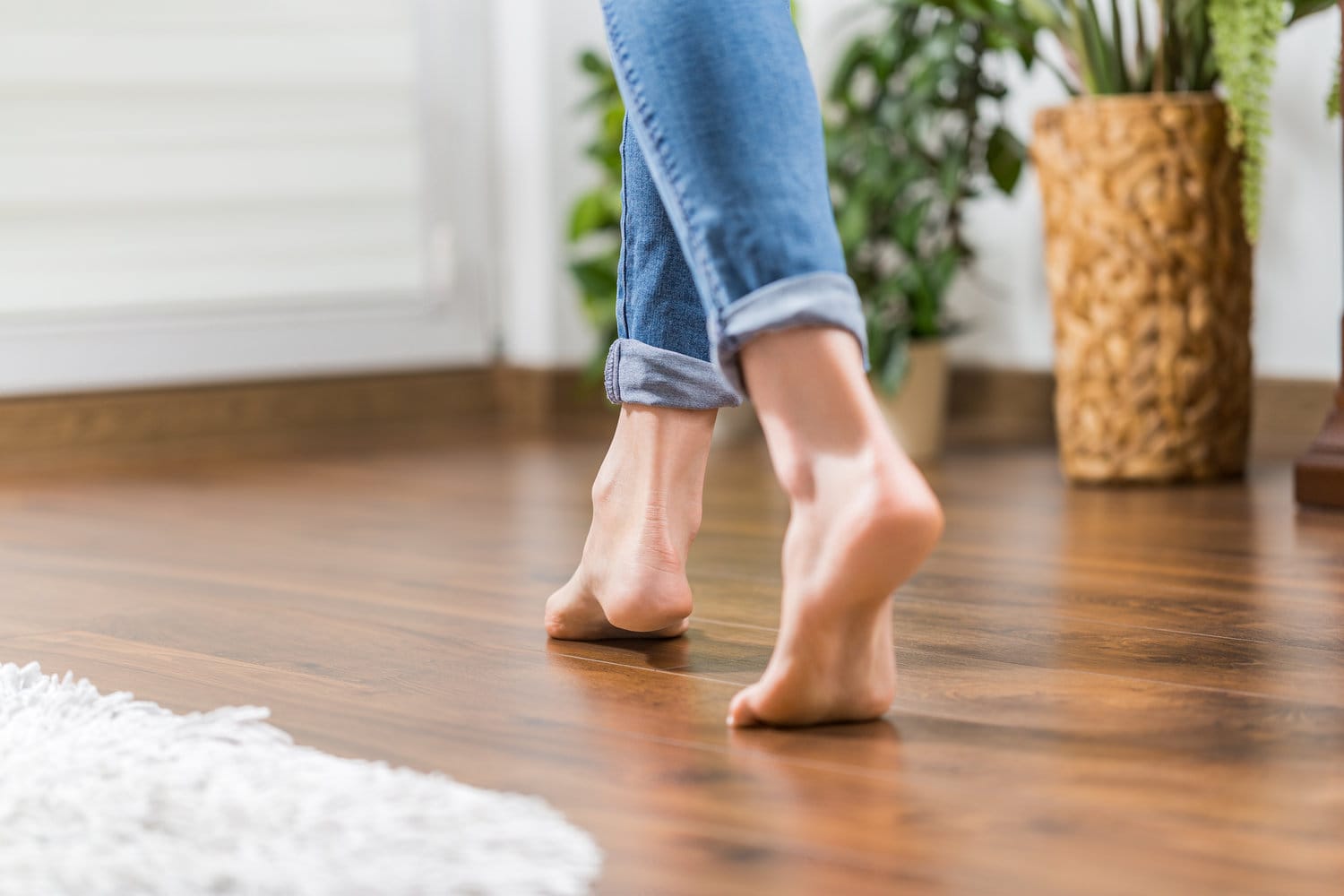
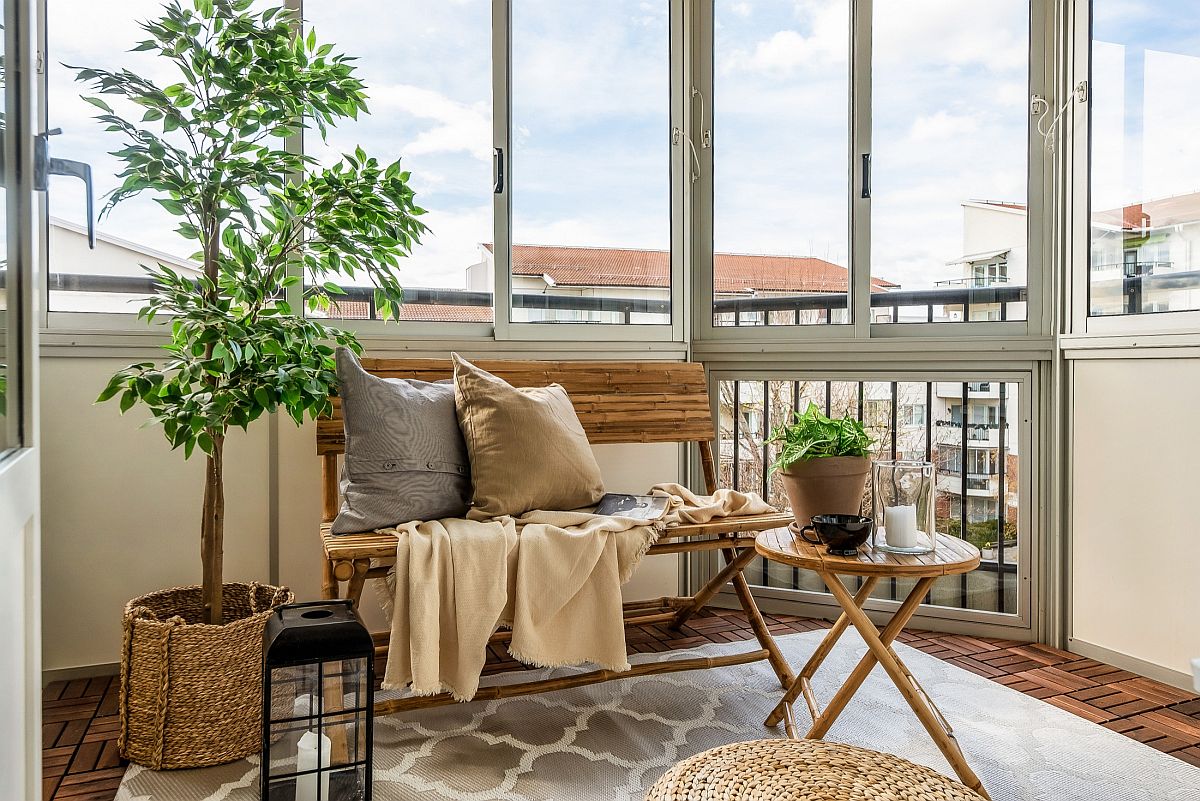
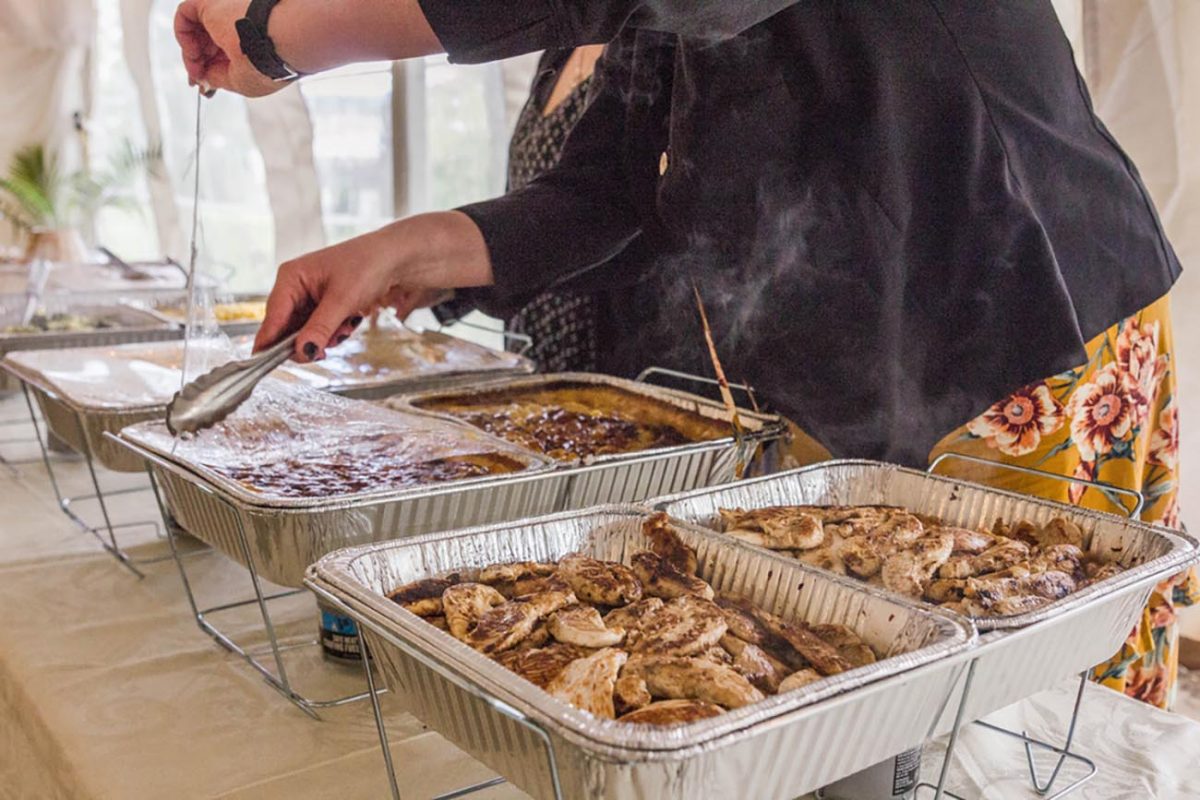
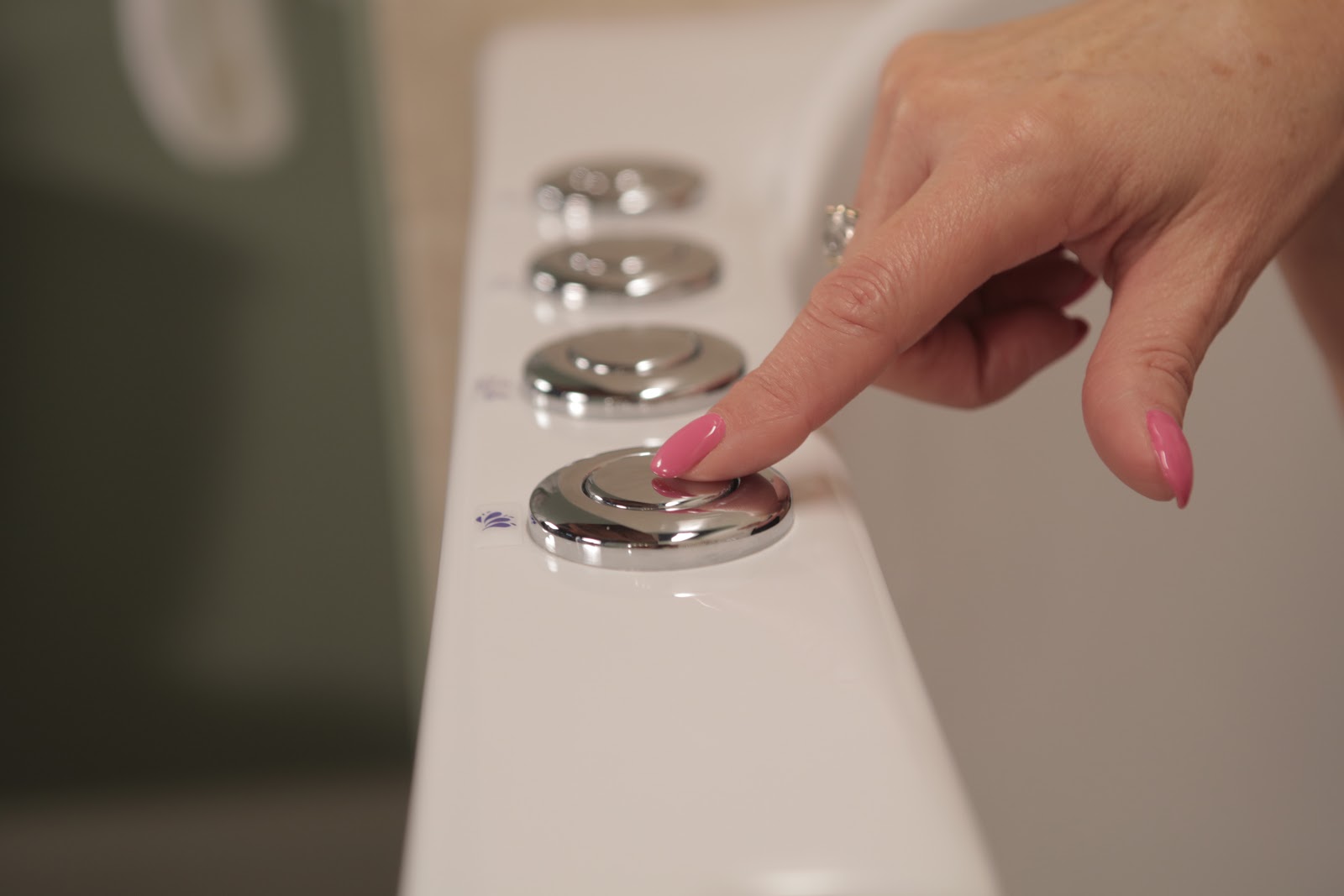
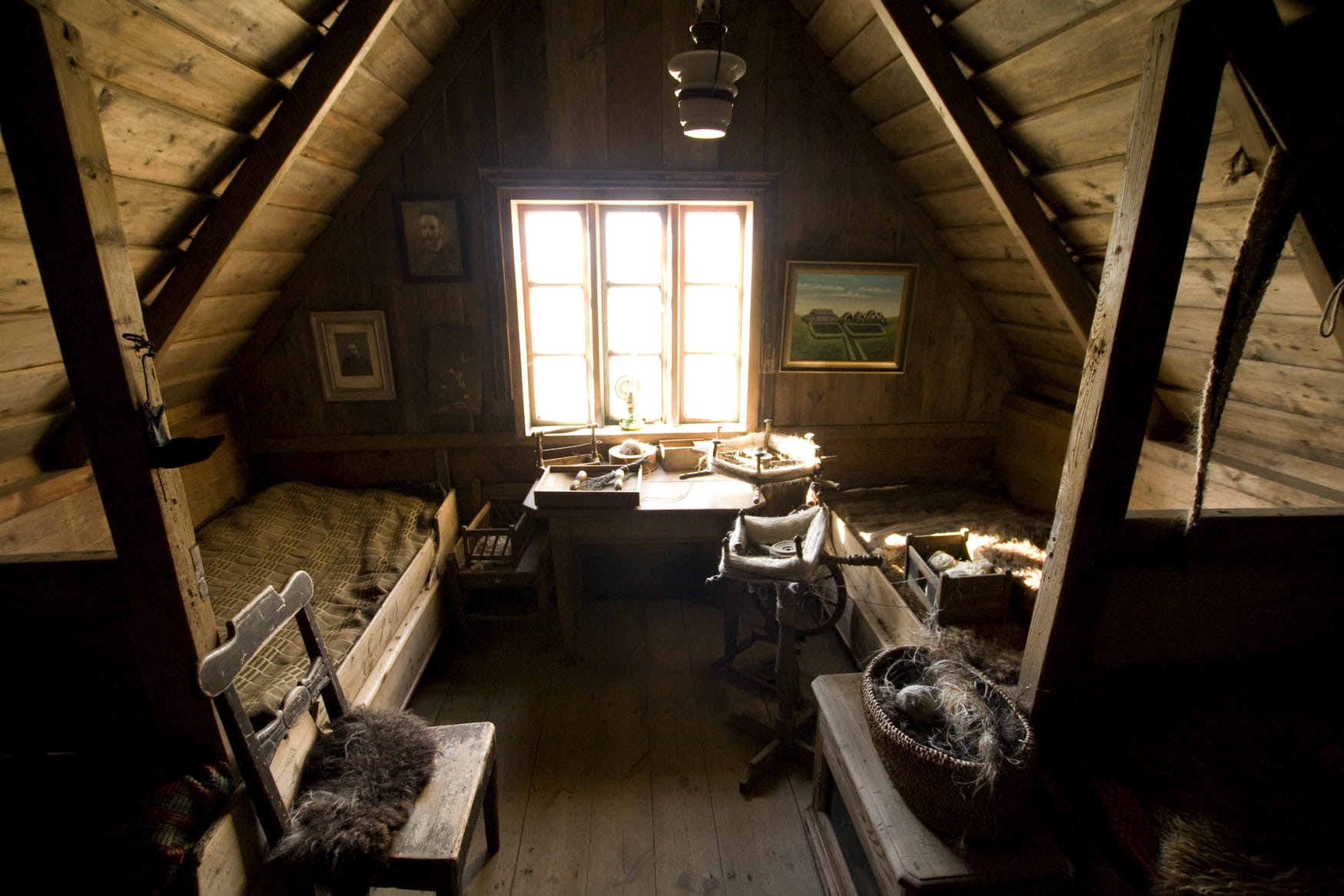
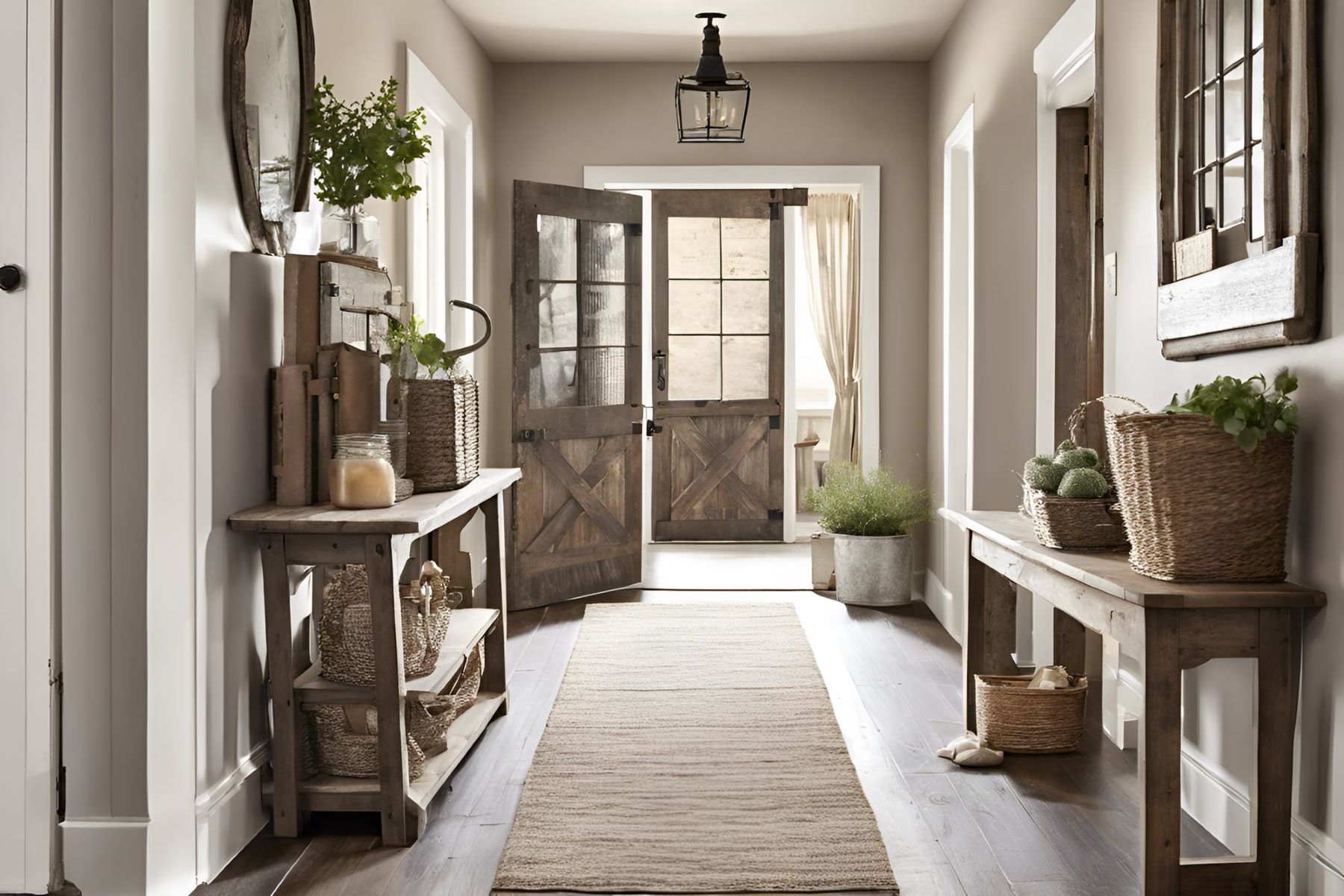

0 thoughts on “How To Keep An Entryway Warm Without Heating”